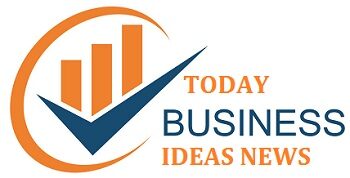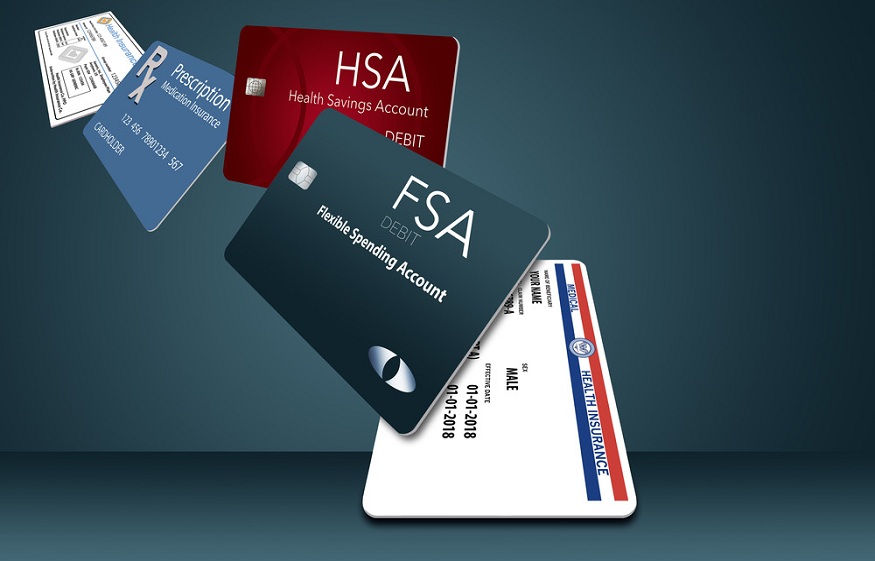Health Savings (HSA) and Flexible Spending (FSA) accounts are among the most underutilized tools among U.S. employees with employer-sponsored health plans. The accounts are underutilized because employees do not understand them. Subsequently, the combined lack of understanding is the number one reason employees need help with their HSA and FSA accounts.
BenefitMall is a general agency based in Dallas, TX. They represent more than 150 carriers and more than 10,000 insurance brokers. They take the position that brokers should make the effort to become full-service providers, which includes helping employees maximize their HSA and FSA opportunities. It makes sense.
More About the HSA
The HSA is a tax-free financial account into which employees make deposits through standard payroll deductions. Employees are only allowed to contribute so much per year. Funds can be used to pay for virtually any type of legitimate medical expense. In addition, here are some other benefits HSAs offer:
- Tax-Free Funds – All of the money contributed to an HSA is tax-free. Contributions are deducted from employee paychecks before taxes are calculated. Likewise, employees do not have to pay taxes on the funds when they withdraw money to cover medical expenses.
- Tax-Free Growth – The money in an HSA goes into investments designed to grow the account’s value. Any growth realized throughout a given year is also tax-free.
- Fund Rollover – HSA funds do not have to be used by a specific date. Any unused funds from one year can be rolled into the next year. Subsequently, it is entirely possible too use an HSA account to set aside medical funds for use during retirement.
The one catch with the HSA is that it is only available to employees already enrolled in high deductible health plans (HDHPs). That’s not necessarily a bad thing inasmuch as an HSA can help offset an HDHPs higher deductibles.
More About the FSA
The FSA is also a tax-free account to which employees can contribute. Funds can be spent on medical expenses related to dental and vision care. In that respect, FSAs are a bit more limited. But anyone can utilize an employee-sponsored FSA. They aren’t linked to HDHPs like HSAs are.
Another downside to the FSA is that funds cannot be rolled over from year to year. If money isn’t used by the end of the tax year, it is forfeited. Employees need to pay close attention to make sure they aren’t putting a ton of money into an FSA they won’t use.
Plenty of Qualifying Expenses
It’s imperative that employees contributing to HSAs and FSAs understand the rules governing both types of accounts. They also need to know what types of medical expenses qualify for coverage. It turns out that there are plenty that many people don’t know about. An article published by EBN in May 2023 lists 13 such benefits. Here they are:
- Sunscreen
- Thermometers
- Breast pumps
- Insect repellent
- Heating pans
- OTC medications
- Sleep medications
- Massages (for pain relief)
- Tobacco cessation programs
- Menstrual care items
- Medical record transfer fees
- Medically related travel expenses
- Genetic health testing.
If you are surprised by some of these qualifying expenses, you’re not alone. The EBN report suggests that Americans with HSAs and FSAs are leaving billions of dollars on the table every year. The average employee with an FSA forfeits $408 every year by not spending it before the deadline.
It’s clear that both HSAs and FSAs can help employees make better use of their medical dollars. But far too many with one or both types of accounts don’t understand them. They need help to get the most out of their accounts.

